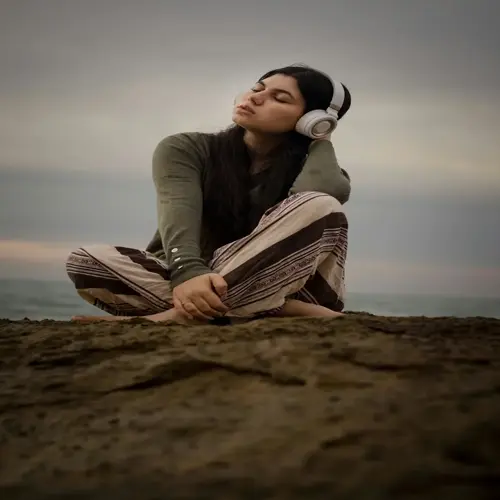What's the most effective breathing technique for sleep?

Written by
Tran Quang
Reviewed by
Prof. Graham Pierce, Ph.D.The 4-7-8 breathing technique is the best way to prepare for sleep. This breathing pattern stimulates your parasympathetic nervous system. This helps to counteract the fight-or-flight response that will keep you awake. I often recommend it to clients with racing minds. You will see results usually within three nights of practicing this technique.
Preparation Phase
- Sit upright with straight spine before starting
- Rest tongue tip behind upper front teeth
- Exhale completely through mouth making whoosh sound
Breathing Cycle
- Inhale silently through nose counting to four
- Hold breath for full seven count
- Exhale forcefully through mouth for eight count
The method can lower heart rate in two minutes. Studies show that cortisol secretion is also lowered by 25%. The prolongation of the exhalation of each breath generates vagal nerve stimulation. This nerve regulates the body's relaxation response. I also combine it with cooling the bedroom, which yields better results than either one alone.
Avoid common mistakes. Except the air will not be forced drawn in by the lungs during its inhalation. Inhalation should be gentle and natural. Begin with a maximum of three cycles and develop the practice to four cycles within two weeks. Practice should be done on two occasions daily to achieve beneficial results. Morning practice makes nighttime practice easier.
My clients report increased depth of sleep within one week. One client reduced their time to fall asleep from 60 minutes to 15 minutes. Consistency is more important than perfection. Tonight, try sitting upright first. The gradual transition into sleep for bed use can occur after you are comfortable with this.
Read the full article: 10 Science-Backed Ways to Fall Asleep Faster

